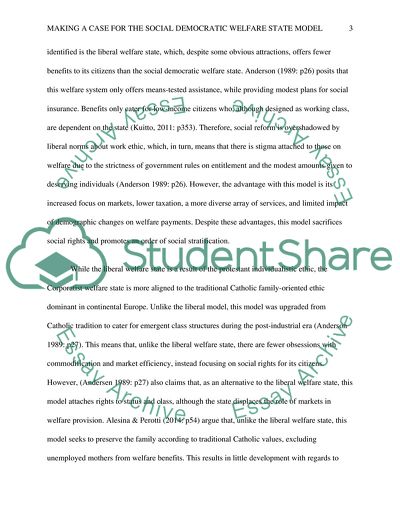Cite this document
(Which of Esping-Andersons three models of the welfare state do you Essay, n.d.)
Which of Esping-Andersons three models of the welfare state do you Essay. https://studentshare.org/macro-microeconomics/1822613-which-of-esping-andersons-three-models-of-the-welfare-state-do-you-think-is-best
Which of Esping-Andersons three models of the welfare state do you Essay. https://studentshare.org/macro-microeconomics/1822613-which-of-esping-andersons-three-models-of-the-welfare-state-do-you-think-is-best
(Which of Esping-Andersons Three Models of the Welfare State Do You Essay)
Which of Esping-Andersons Three Models of the Welfare State Do You Essay. https://studentshare.org/macro-microeconomics/1822613-which-of-esping-andersons-three-models-of-the-welfare-state-do-you-think-is-best.
Which of Esping-Andersons Three Models of the Welfare State Do You Essay. https://studentshare.org/macro-microeconomics/1822613-which-of-esping-andersons-three-models-of-the-welfare-state-do-you-think-is-best.
“Which of Esping-Andersons Three Models of the Welfare State Do You Essay”. https://studentshare.org/macro-microeconomics/1822613-which-of-esping-andersons-three-models-of-the-welfare-state-do-you-think-is-best.


